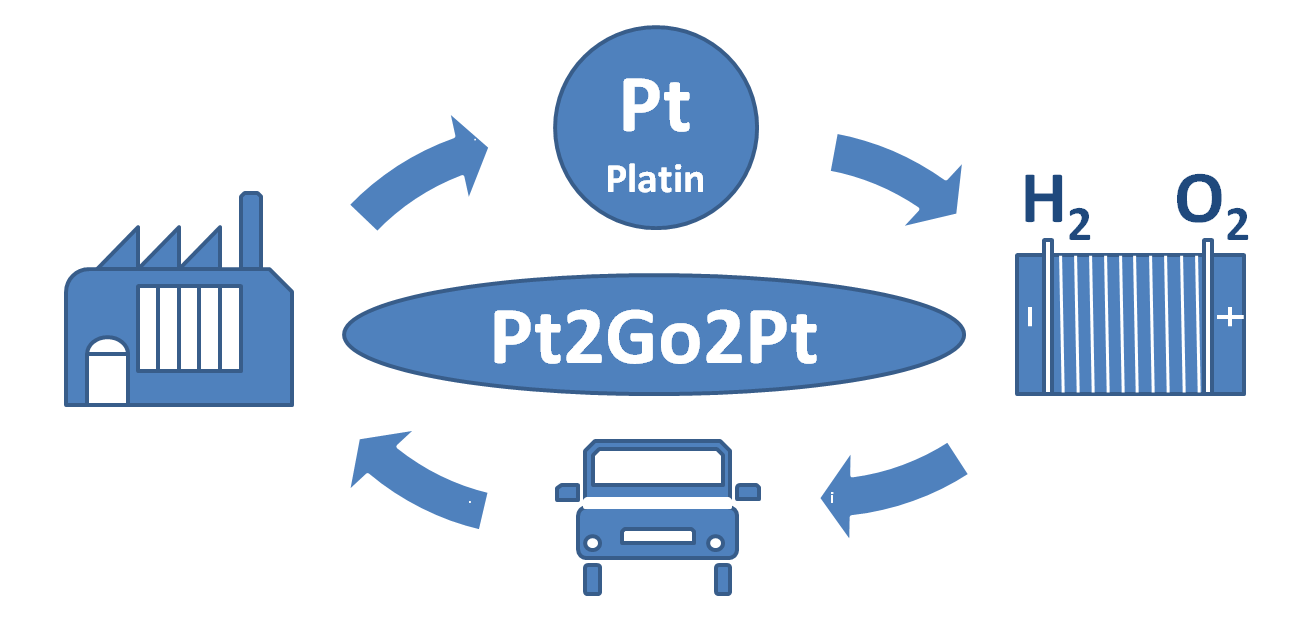
| Period: | 01.05.2020 - 31.10.2022 |
|---|---|
| Partner: | |
| Funder: | |
| Project manager: | Sakthivel Mariappan |
| Division: | Chemical Technology |
| Team: | Energy Storage and Conversion |
Motivation
In Germany, the transition from fossil fuel-based to electric mobility in connection with disruptive technology has been started and will persist inexorably. Nowadays, producers of e-bikes, e-rollers, e-scooters and e-vehicles rely on highly performing Li-ion batteries (LIB). In order to further reduce CO2 emissions, electrification of other transportation vehicles such as buses, trucks, diesel trains and even small airplanes are being planned. One main obstacle is related to the immense costs for extension of existing charging infrastructure especially in large cities such as Frankfurt am Main. Since refueling time and range of battery-powered vehicles is at least 10 times longer and 5 times shorter, respectively than that of conventional ones, drastic increase in installation of new charging stations is required. Moreover, because Lithium and Cobalt raw material sources are limited, diversification of energy storage systems appears to be the best strategy to satisfy the growing market.
Strategy & challenges
In the past decades hydrogen has been considered as a very promising energy carrier. Already in 1875, visionary writer Jules Vernes predicted in his novel “l´ile mysterieuse” that “water will be the coal of tomorrow”. Especially for vehicles with a large range and heavy weight, H2 fuel cells appear to be predestinated if the low active material mass needed for powering vehicles (only ca. 30 g Pt in the Mirai vs. 10 kg Li and Co each in Tesla S!) is considered. Because of the high cost of FC cars, insufficient numbers of H2 refilling stations (6 units in Hesse) as well as low public acceptance, the H2 technology was unfortunately not able to penetrate the market up to now. In spite of great efforts to expand H2 distribution infrastructure (100 H2 refilling stations in Germany by 2020), only 346 fuel cell vehicles are currently registered and no significant growth is expected in the near future. By looking at the bus, truck and train segments, however, new impulses are perceptible. The “Rhein-Main-Verkehrsverbund (RMV)” has ordered 27 fuel cell trains to replace diesel locomotives by 2022/2023.
PEM fuel cell and PEM electrolysis technologies rely on expensive Platinum whose yearly global production amounts to 200 tons, from which 90 tons are used as exhaust catalysts. With that quantity, production of “only” 3 Mio. Mirai cars is possible (~ 30 g Platinum / 100 kW). Therefore, the global hydrogen economy strongly depends on systematic and effective recovery of the precious metal. By contrast to the well-established and very efficient Pt recycling process from exhaust systems (> 90%), the recovery of some grams Platinum from a fuel cell stack remains a technical and economical challenge.
Project aims & DFI tasks
In project „Pt2Go2Pt – Sustainable Platinum utilization for e-mobility“ Heraeus company and DECHEMA research institute will join their expertise for optimizing the Pt recovery process parameters, by analyzing waste streams, identifying gaps in the recycling chain and evaluating costs and by the way helping to push e-mobility in Hesse. One main objective of this project focuses on Pt recovery at the end of cell life and its re-use in the PEM fuel cell that would close material loop and contribute to circular economy. Besides recycling activities at Heraeus, feasibility of electrochemical Pt dissolution and recovery from commercially available and as-prepared gas diffusion electrodes (GDE) as well as MEA will be explored at DFI. Moreover novel carbon materials will be developed by soft-template route (see Figure 1) to enhance Pt/C activity and reduce Pt degradation during accelerated stress procedure.

Figure 1: Pt nanoparticles on (left) commercial (middle & right) at DFI produced carbons for the PEM fuel cell from Gra2Kat-Projekt
back

This project (HA project no.: 847/20-07) is financed by funding from e-mobility program in Hesse
Dr.-Ing. Jean-François Drillet
Tel.: 069 / 75 64-476
E-Mail: drillet
Dr.-Ing. Sakthivel Mariappan
Tel.: 069 / 75 64-636
E-Mail: mariappan
M. Sakthivel, R. Gandharva, C. Schreiber and J.-F. Drillet J Electrochem Soc 2025 Vol.172 / 7